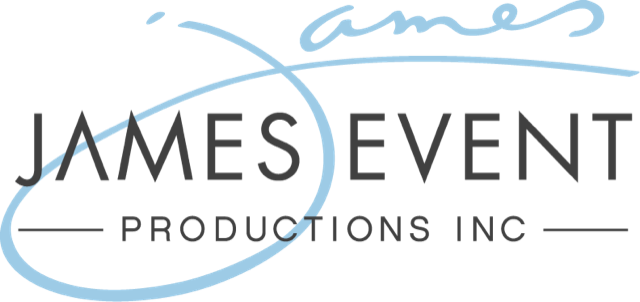Highlighting the Influence of Lighting Techniques on the Craft of Video Projections Mapping
Highlighting the Influence of Lighting Techniques on the Craft of Video Projections Mapping
Blog Article
Motion mapping mapping is an exciting creative form that merges technology and innovation to transform common surfaces into remarkable visual displays. This method involves casting images and videos onto 3D objects, such as structures, sculptures, or stages. One of the key significant elements in creating effective mapping is the use of efficient lighting methods. Proper lighting enhances the aesthetic elements of the display and ensures that the visuals are crisp and captivating. This article examines the impact of lighting methods on video mapping and how they can elevate the complete experience.
Lighting plays a vital role in video mapping because it establishes the mood and tone of the display. Different illumination methods can elicit various emotions and reactions from the audience. For example, using gentle, cozy lights can create a welcoming atmosphere, while bright, cold lights may create a more dynamic or intense impact. By carefully selecting light colors and intensities, creators can manipulate how viewers perceive the projected visuals, leading to a more engaging encounter. The equilibrium between mapping luminance and ambient illumination is essential, as it can significantly impact the visibility and effect of the visuals.
In addition to, hue and brightness, the angle of illumination also affects the effectiveness of projection. Lighting from different angles can create shadows and highlights that add depth to the mapped visuals. This method, known as light and shadow, can improve the three-dimensionality of the go to website subjects being projected. Additionally, using dynamic illumination can introduce energy to the exhibit, making the encounter more involving for the audience. When the light interacts with the projected visuals, it can create an illusion of movement and transformation, capturing the viewers' attention.
Another essential aspect of lighting in projection is the use of unique effects. Techniques such as gobo lighting, which uses shapes and forms to project light, can introduce depth and intricacy to the mapping. This approach enables creators to superimpose visuals and produce aesthetically captivating results that enhance the projection. Moreover, site here adding lasers or light-emitting diode illumination can additionally improve the display, providing a distinct mix of sight components that attract the viewers in. These unique features, when used carefully, can transform the mapping into a basic show to an engaging work of art.
In conclusion, the impact of lighting techniques on motion mapping is significant. By comprehending how various lighting elements connect with mapped visuals, artists can create captivating experiences that connect with audience. The thoughtful choosing of color, intensity, direction, and special effects allows for a vivid canvas of sight storytelling. As technology continues to grow, the possibilities for artistic showcasing in mapping will only expand, making lighting an ever-important component in this progressive creative medium.